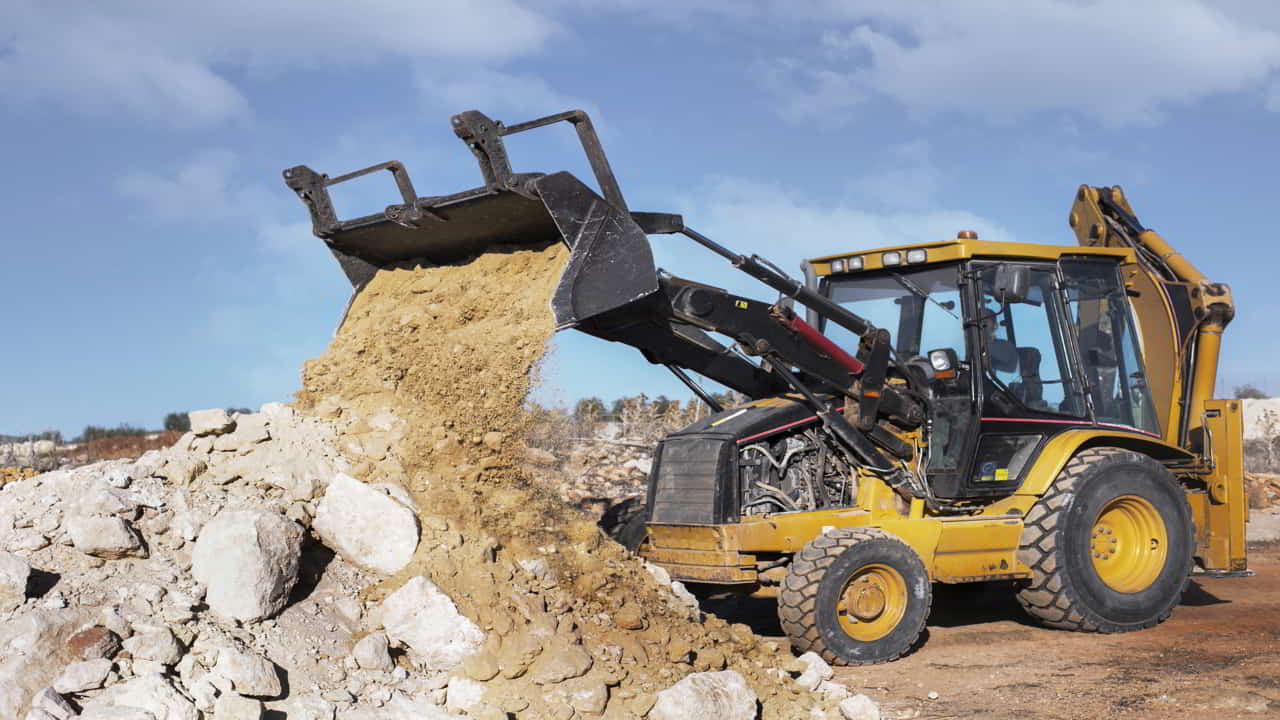Techniques and Tools for Concrete Removal
In construction, it’s not enough just to know how to create and build, you also have to know how to sculpt the space that you’re planning to use. You also have to tackle the concrete removal procedure in order to use it for new structure.
After all, a lot of the time, you might find yourself involved with demolition work or renovation. It requires an understanding of the potential of a pre-existing structure.

In addition to this, one of the more regular materials that you’re going to be working with will likely be concrete. Therefore, learning how to effectively remove concrete at the places where you’re going to be working is going to be a valuable skill.
It is something that will be more this easier and accurate with the right tools and techniques. Let’s explore some of the frequently used techniques:
Screening Technology
It can be difficult to stress just how prevalent concrete is in a building site, and a lot of that comes down to how it breaks up into smaller and smaller pieces.
Sometimes this is intentional, but sometimes it can all fall under the vague category of rubble. Some of this is useful, some of it isn’t.
If you’re hoping to sort through all that, however, it’s going to take a lot of time and work from your team, which is where screening technology comes in.
Concrete crushing equipment can not only dispose of all of the concrete around you through technical removal at a building site. But it can also sort it into different sizes so that you’re left with what you were looking for.
Operating Machinery
An option that you and your team might be familiar with may be the more hands-on approach. In this case, instead of having fully automated machinery, other ways might also help.
Options like forklifts and diggers might not help you in the concrete removal or crushing it down into a more manageable size, but they can help you to clear a working space and move the refuse to where it needs to be.
However, as is always the case with construction tools, you need to make sure that your team are fully qualified and trained on how to use them safely.
Related Pick: Key Questions to ask When Buying a Home
The Old-Fashioned Approach
A lot of the time, though, you might not even need an approach as intensive as that. In fact, you might find that your team members can take a more precise approach to the concrete they’re trying to remove if they can simply use a handheld tool.
That’s not to say that they have to swing away at concrete with a regular hammer, but there are numerous tools like jackhammers and further innovations that can apply a much finer touch to something that might produce a preferable result.
This is also useful in terms of how much more affordable these tools can be. Knowing that you can tackle relatively complex problems in homes after construction, also means a potentially more efficient job.
It’s all about judging the size of the job; if it’s a vast site with a lot of concrete that needs removing, the heavy-duty industrial tools are obviously going to be more appealing, but work that takes place in one small part of a bustling high street might not have that kind of flexibility or even the need for it.
